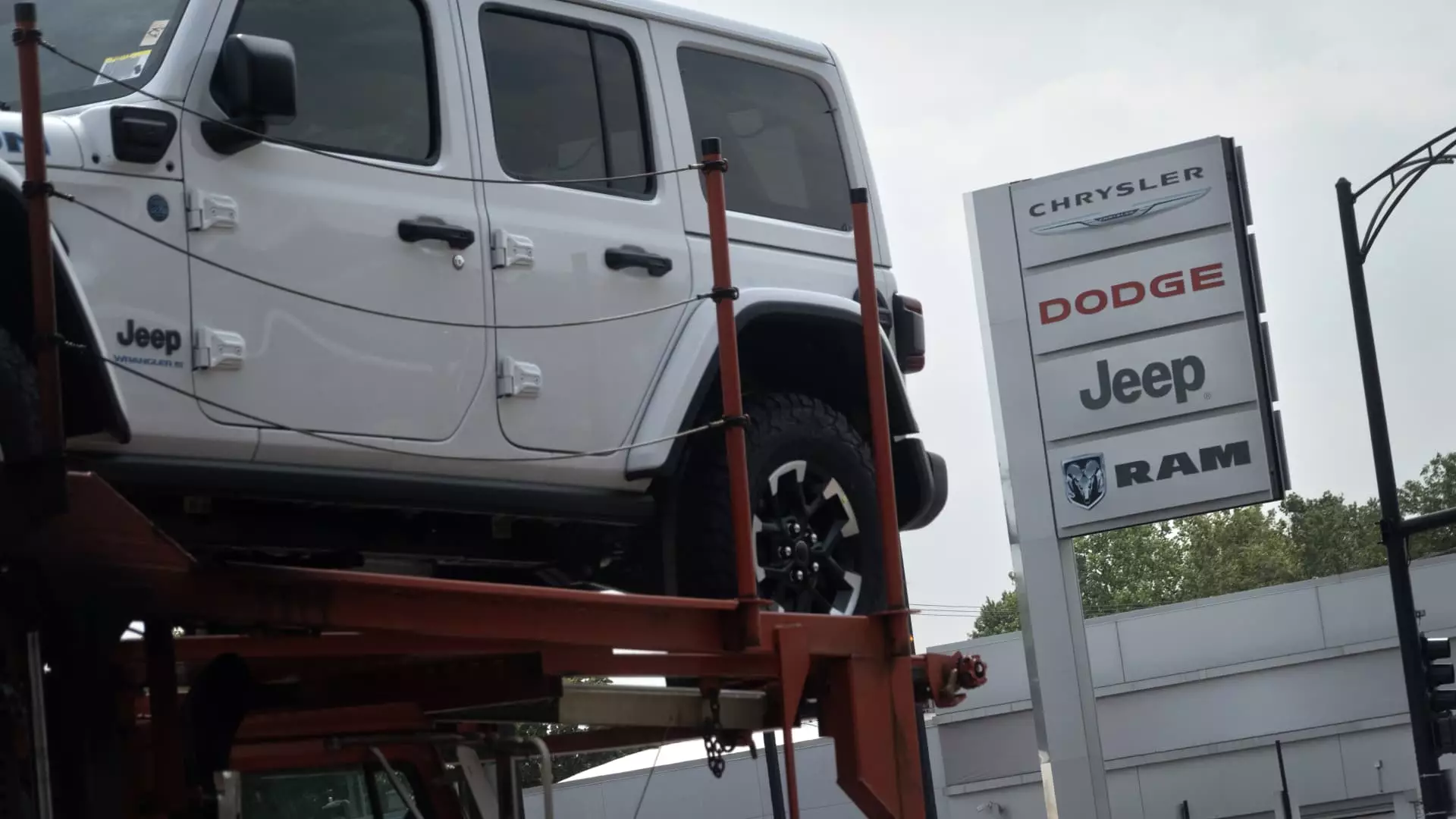The U.S. auto sales in the first half of the year have shown a 2.9% increase compared to the previous year, but there are looming concerns regarding the sustainability of this growth for the rest of the year. Factors such as growing vehicle inventory levels, increasing incentives, and uncertainties related to the economy, interest rates, and the upcoming U.S. presidential election are contributing to a sense of unease within the auto industry.
Predictions and Expectations
Cox Automotive, a reputable auto data and research firm, anticipates a slowdown in sales growth over the next six months, projecting an increase to 15.7 million units, which represents a modest 1.3% rise from 2023 figures. Interestingly, the recent growth trend is being driven primarily by commercial sales rather than the more lucrative consumer segment, indicating a shift in the market dynamics. Despite the tempered optimism, there is an acknowledgment that maintaining the current growth trajectory may be challenging.
While the current landscape appears favorable for consumers who have been eyeing new vehicle purchases amid abundant supply and competitive prices, automakers are facing a different reality. Many companies had enjoyed record profits during the height of the pandemic due to pent-up demand and restricted availability of new vehicles. However, as normalcy returns and supply chains stabilize, automakers are bracing for tougher times ahead with potentially reduced pricing power and profitability.
Rental, commercial, and leasing sectors are indicating strong double-digit growth, contrasting with a decline in the retail share of the overall industry by approximately nine percentage points from the previous year. Market analysts at Cox Automotive have identified General Motors, Toyota Motor, and Honda Motor as the frontrunners in sales performance for the first half of the year. Interestingly, there are concerns that underperformers like Tesla and Stellantis could experience significant sales downturns, highlighting the diverse challenges facing different automakers.
Concerns and Caution
The prevailing uncertainties surrounding the auto industry, fueled by increasing competition, changing consumer preferences, and supply chain disruptions, have led to a cautious outlook for the remainder of the year. With Wall Street projections painting a challenging picture for automakers in terms of pricing and profitability, there is a consensus that the second half of the year may not replicate the growth momentum witnessed in the first half.
The U.S. auto sales landscape in 2023 presents a mix of opportunities and challenges for stakeholders across the industry. While consumers may enjoy a buyer-friendly market environment with abundant choices and competitive prices, automakers are gearing up to navigate a more complex terrain characterized by evolving market dynamics and uncertainties. As the year progresses, all eyes will be on how the industry adapts to these changes and positions itself for future growth and sustainability.

